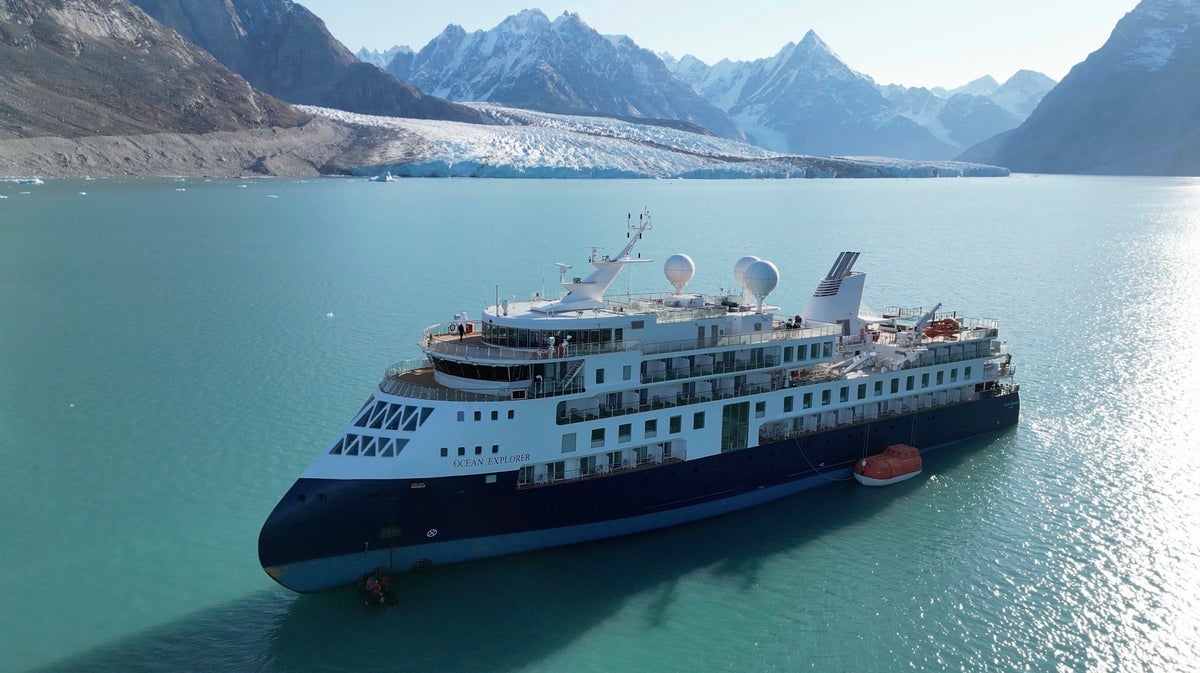
A woman who was stuck onboard a luxury cruise ship that ran aground in the Arctic says her “biggest concern” was running out of alcohol.
Luxury liner Ocean Explorer ran aground in Greenland on Monday 11 September with 206 passengers on board.
The crew’s attempts to free the vessel were unsuccessful, and Denmark’s Joint Arctic Command (JAC) had to coordinate a rescue to the remote area of Alpefjord.
According to the JAC’s initial statement, the “nearest help was far away”, resulting in cruisers, who had paid between $14,000 and $33,000 for the bucket-list polar cruise, stranded for several days.
The cruise ship was finally pulled free by a fishing research vessel, Tarajoq, on Thursday (14 September) morning.
While waiting for the ship to be rescued, one passenger on board, Lis, joked to Nine News that running out of alcohol was her greatest fear. “That is the biggest concern I have,” she said.
“I had swimming lessons before I came and I’m a good swimmer. So look out: I could be swimming back to Iceland.”
Fellow cruiser Tracey Varga told CNN most people on board stayed positive “for the most part” and were “taking it in their stride”, adding that there was no panic.
“Today they’re offering a towel-folding workshop to learn some towel origami,” she said of crew’s valiant attempts to keep those onboard entertained.
Passenger Debbie Brown agreed that morale onboard was “reasonably good”.
All those on board, including crew, remain safe and well, other than three people who were placed in isolation after contracting Covid-19, according to Aurora Expeditions, the cruise’s operator.
“There have not been any injuries to any person on board, no pollution of the environment and no breach of the hull,” SunStone, the Florida-based owner of the ship, said in a statement.
“We would like to thank our charterer Aurora Expeditions as well as all their passengers for an excellent cooperation in this unexpected and difficult circumstance.
“The vessel and its passengers will now be positioned to a port where the vessel’s bottom damages can be assessed, and the passengers will be taken to a port from which they can be flown back home.”







